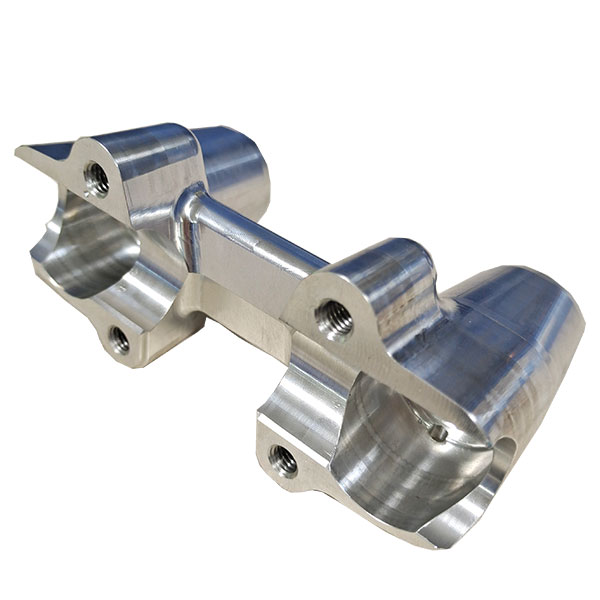

SumitechProvide customers with precision parts
Focus on precision parts processing and production
Order Hotline:+86 13418256345

The requirements for processing tools of aerospace components in Dongguan aviation parts processing
In recent years, China's aerospace industry has been making continuous progress, and good news has been constantly coming from the aerospace field, which has greatly promoted the rapid development of the domestic aerospace components manufacturing industry. However, with the increasing requirements for components in the aerospace field, the difficulty of component processing is constantly growing. Various new materials, new technologies and new structures are emerging one after another. The requirements for processing tools in Dongguan aviation parts processing are constantly rising, which is also a problem that manufacturers in this industry need to solve at present.
A considerable number of components are needed in aerospace, such as common ones like engine discs, shaft parts, turbine casings, landing gears, etc. The processing difficulty of these components is inherently high, and with the continuous increase of new challenges, manufacturers should strive to be economical and efficient in order to meet these challenges.
At present, the tool materials required in the aerospace manufacturing industry can basically be classified into several major categories:
Tool steel. Commonly used materials include high-speed steel, carbon tool steel and alloy tool steel, etc.
2. Cemented carbide This material is widely used in the aerospace manufacturing industry and is the leading cutting tool.
3. Ceramics. Compared with hard alloys, ceramic materials perform better in terms of wear resistance, hardness and thermal hardness. Moreover, the chemical properties of ceramics are also relatively good, and they have excellent oxidation resistance. Therefore, in the future, using ceramic materials to produce aerospace industry cutting tools may become the mainstream.
4. Super-hard tool materials.
When processing components, slot processing and hole processing are the difficult parts in processing. The processing of engine disc parts, shaft parts and casing parts has strict requirements for processing tools. Therefore, the usage of high-performance carbide standard tools and carbide non-standard tools during the processing of these parts is quite large.
When manufacturers select cutting tools in the actual processing, they should fully consider factors such as the material of the components, the shape of the components, the processing requirements of the components, the machine tools for processing, the rigidity of the system, and the quality and technical requirements of the surface.
Taking the turbine casing components as an example, a brief introduction will be given to the required tools and processing requirements.
From the perspective of the materials of components, a large amount of materials that are difficult to process, such as wrought superalloys and cast superalloys, are often used. The characteristics of these materials, such as low thermal conductivity, high strength, and high cutting temperature, make them prone to work hardening during processing. The wear rate of the cutting tool is fast during cutting, thus the service life of the tool is short and the consumption of the tool is relatively large. To improve the utilization efficiency of cutting tools in the future, it is necessary to reasonably select the geometric angles of the cutting tools.
2. From the perspective of the structure of the components, the material wall is thin and the rigidity is poor, so the processing difficulty is naturally high. When processing the protruding parts of components, the tool system is prone to interference with the components and fixtures. Therefore, to reduce mutual interference, it is necessary to optimize the tool path, such as using insert milling instead of side milling, using idle travel for rapid tool passage, optimizing the position of tool lifting, and using helical interpolation during milling.
The requirements of aerospace components for processing tools
3. Analyzed from the perspective of processing procedures, the processing of the casing needs to go through several steps: rough machining, semi-finishing, and finishing. To save on tool costs, manufacturers can use high-performance ceramic milling cutters for rough machining, and standard hard alloy tools and non-standard high-performance special tools for semi-finishing and finishing. Based on practical processing experience, this can significantly improve production efficiency.
Furthermore, in terms of the economic aspect of aerospace component processing, the tool configuration scheme needs to be constantly improved, and high-performance products should be used as much as possible.
About Sumitech
CompanyapplicationCertificate environmentcontactProduct
Five axis machining part High precision partsCNC lathe partsMedical device partsOther industriesNews
Company Industry problem+86-134-1825-6345Monday to Saturday 8:30-20:00
(welcome to inquire)
Sumitech precision machinery technology (Dongguan) Co., Ltd © Copyright【ADMIN】【Back to top】